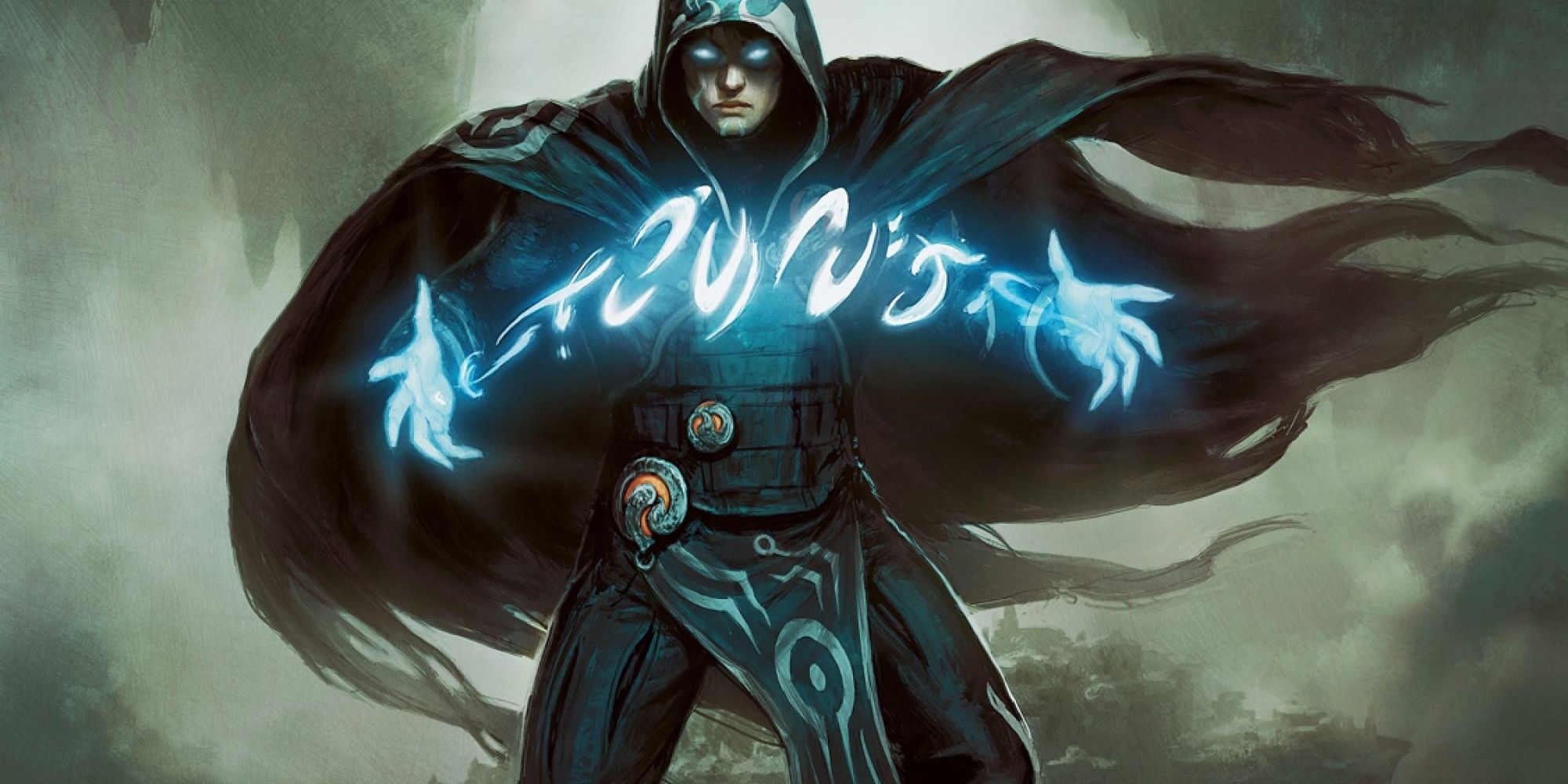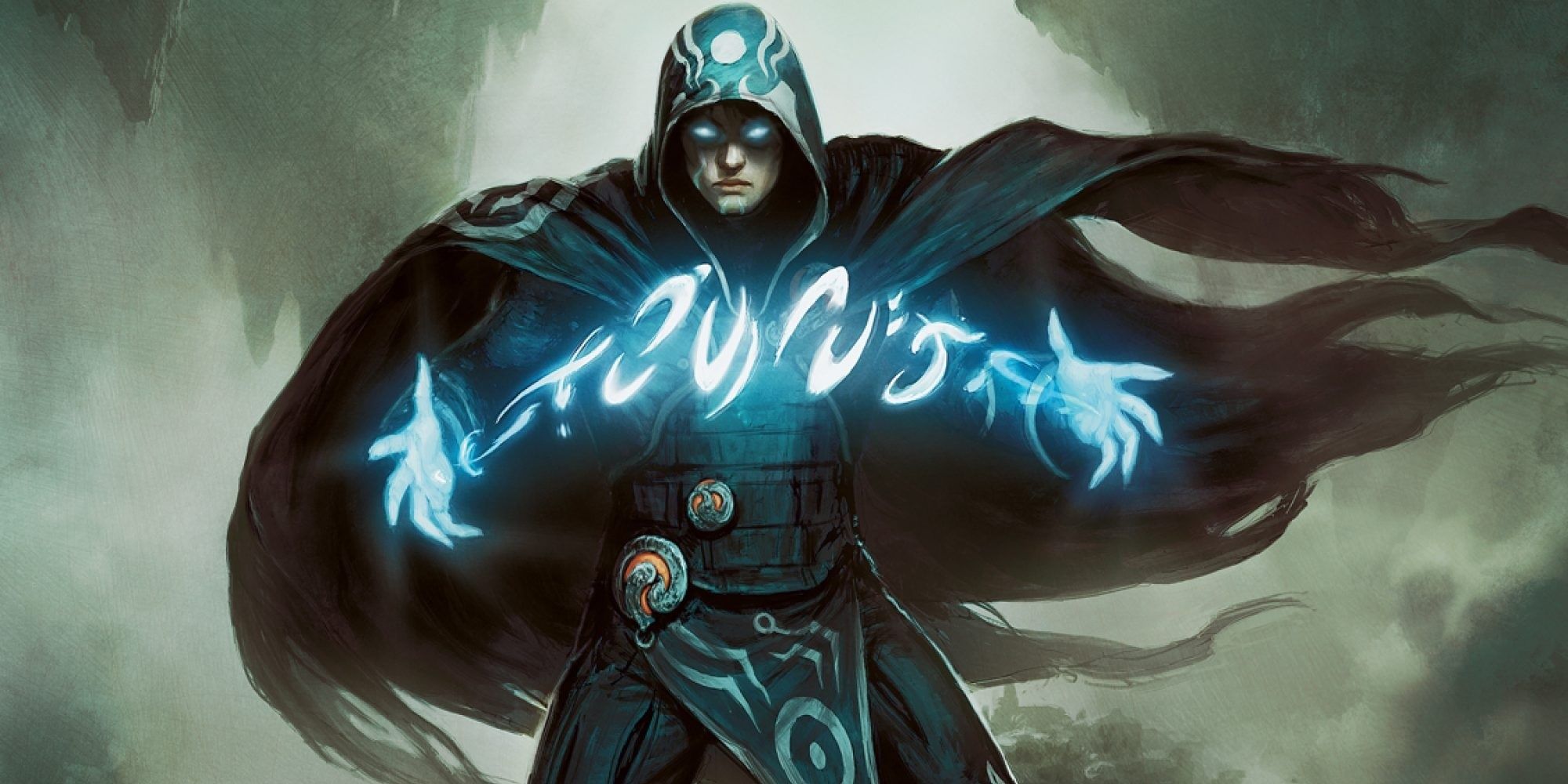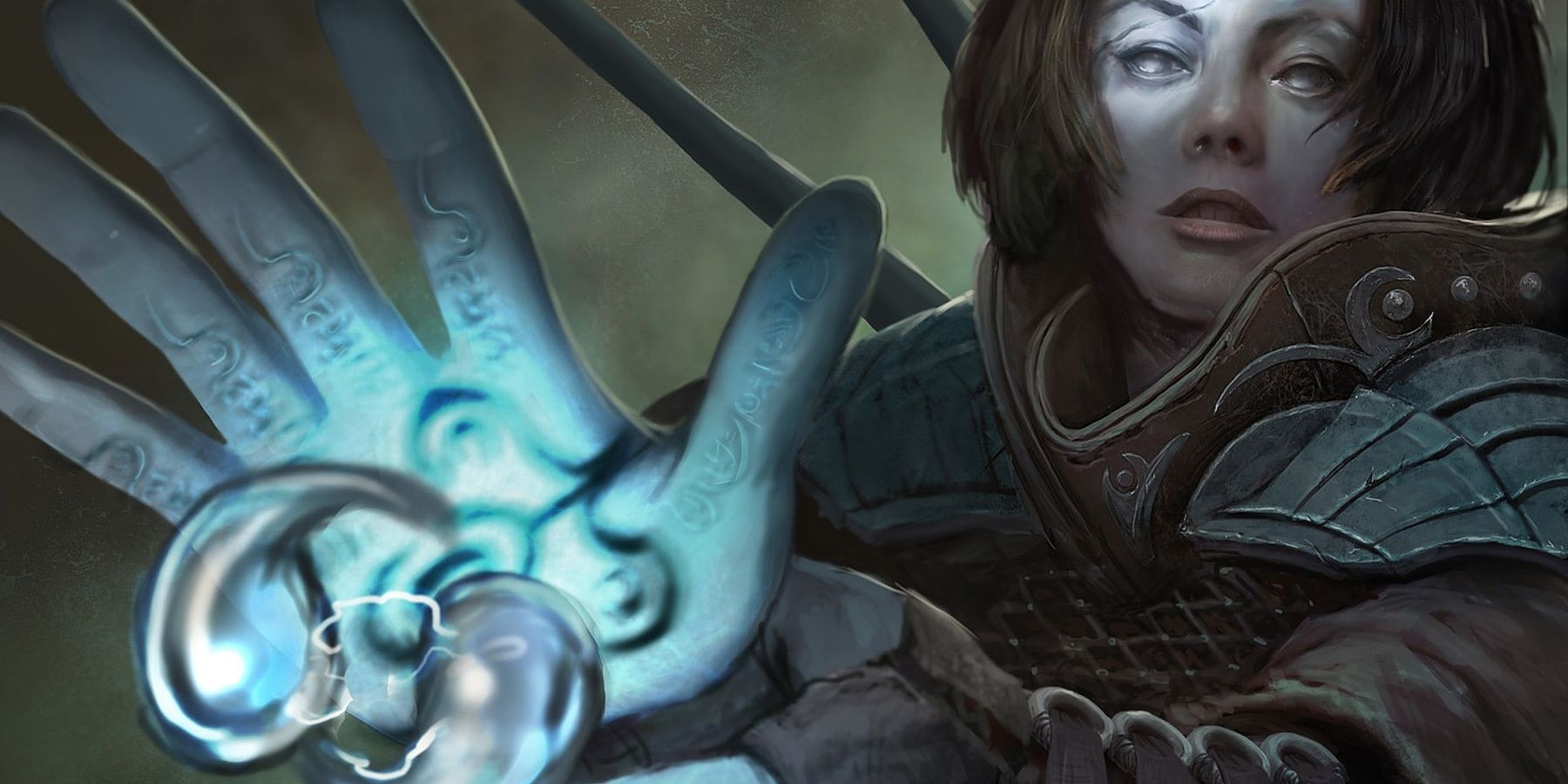In Magic: The Gathering, cards themselves are the most important resource for any player, no matter how their deck works. However, a skilled player needs to be able to properly utilize not just card advantage, but also the mulligan rules. A mulligan may be performed at the game's start if one's opening hand is too weak, and an unacceptable hand may be changed out for a new one. The mulligan rule has undergone a number of changes since Alpha's rulebook in 1993, but the reasons to "take a mull" have largely remained the same.
Here's how to know when to mulligan.
The Current Mulligan Rule
The mulligan rule used to be much more strict, with players only being allowed to take one if their opening hand had 0, 1 or 7 lands in it. Now, the current mulligan rules allow players to shuffle away any opening hand, and when they do so, they draw a new hand of seven cards. If the new hand is acceptable, then they keep it, and if not, they can take another mulligan. Once they keep a hand, they will choose N number of cards in that hand, where N is how many times they have taken a mulligan. They put those chosen cards on the bottom of their deck, and then they are ready to play. Most often, players only mulligan once, or possibly twice. Reducing an opening hand to four cards is widely considered the limit as, if a hand gets any smaller, it almost definitely won't have all the cards one needs.
When To Take That Mulligan
Taking a mulligan is a matter of discretion, but there are certain things to keep in mind when deciding whether or not to use one. One strategy is to assess the opening hand to see if it represents a decent core sample of the deck; that is, does the hand cover a lot of ground and is it diverse. If a deck is a control deck, then a good opening hand might have (for example) two lands, two counterspells, a removal spell, a finisher and a utility card. If a hand is heavily skewed toward one card type, or if the card are all costly, then that's not a good sign.
Another assessment method is even simpler: Can the player survive the first four turns on this hand? If yes, the hand is probably worth keeping, and if not, mulligan is a strong option. If a player's first three turns would be dead turns, the hand is unacceptable, and must be shuffled away, even if it has a few lands. Players can't afford to spend the first few turns casting no spells.
However, the simplest assessment method is to see if the hand has enough lands. If it has none, then with the exception of Manaless Dredge decks, a player will definitely want to shuffle that hand away. The same is true if the hand has just one land in it. Two to three is ideal, and four or more is a bit excessive. Having five or more lands almost definitely calls for a mulligan, though that's a rare scenario to begin with. Decks with very low average converted mana cost, such as aggro or burn, might get away with a one-land hand if there are a lot of one-drop spells in it, such as Lightning Bolt or Wild Nacatl.
Players probably should not gamble on drawing another land or cheap spell in the first turn or two if they've got a bad opening hand. Taking such a risk, if it doesn't pan out, might cost a player the entire game. But in some cases, one may take that risk sensibly; for example, if an opening hand contains a few one-drop spells that can keep a player in the game until they draw that second land. It also helps if a player has a one-drop card, such as Opt or Serum Visions to "dig" into their library and find the desired cards. This is still risky, but in some cases, it may work.
Not all opening hands are good, and if a hand is slow or light on lands, it's time to send it back.



